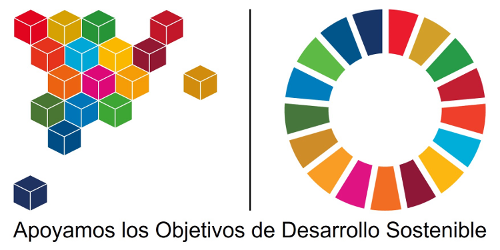INDICATORS FOR THE 2030 SUSTAINABLE DEVELOPMENT GOALS AT THE AUTONOMOUS COMMUNITY LEVEL

In 2015, the UN approved the 2030 Agenda on sustainable development, in which 17 objectives were set, ranging from the elimination of poverty to the fight against climate change, education, equality for women, the defense of the environment or the design of our cities. Each of these objectives contains a series of specific goals, which specify the actions to be carried out.
Since this approval, different organizations have joined it at all institutional levels, from multinational to local organizations.
In November 2016, the European Commission outlined its strategic approach to the implementation of the 2030 Agenda, including the Sustainable Development Goals.
The Government of Spain, in September 2017, agreed to the constitution of the High Level Group (HLG) for the 2030 Agenda, with the aim of coordinating the Spanish position and the actions necessary to fulfill the objectives of the Agenda.
In different periods of time, all the Autonomous Communities have adhered to the 2030 Agenda, developing their own strategies and assuming the challenge of aligning with the Sustainable Development Goals.
In all the cases raised, the calculation of indicators that serve to measure the degree of fulfillment of the different goals and objectives is essential.
For this measurement, it is essential to have the Statistical Organizations, as these are the most qualified within the different Governments, to guarantee the correct definition and obtaining of the indicators to be used, as reflected in resolution 71/313 of the General Assembly of United Nations.
The National Statistics Institute and the Statistical Agencies of the Autonomous Communities have included in their Statistical Plans and Programs the statistical operation called “Indicators of the 2030 Agenda for Sustainable Development”, which aims to constitute a framework of statistical indicators, aligned with those established by the United Nations, which serves to monitor, at different territorial levels, the Targets and Goals of the United Nations 2030 Agenda for Sustainable Development.
In 2019, and in order to carry out coordinated work in the development of the indicators of the Autonomous Communities, a working group was formed between the statistical agencies of the Autonomous Communities, in the form of a collaborative network, with the objective of agreeing on the methodology for calculating the United Nations indicators for the Autonomous Communities, seeking alternatives to problems of territorialization or relevance and guaranteeing, in any case, comparability.
After intensive work, each Autonomous Community has a first common and homogeneous battery of indicators and a standard methodological file that the statistical agencies will disseminate on their respective web pages.
